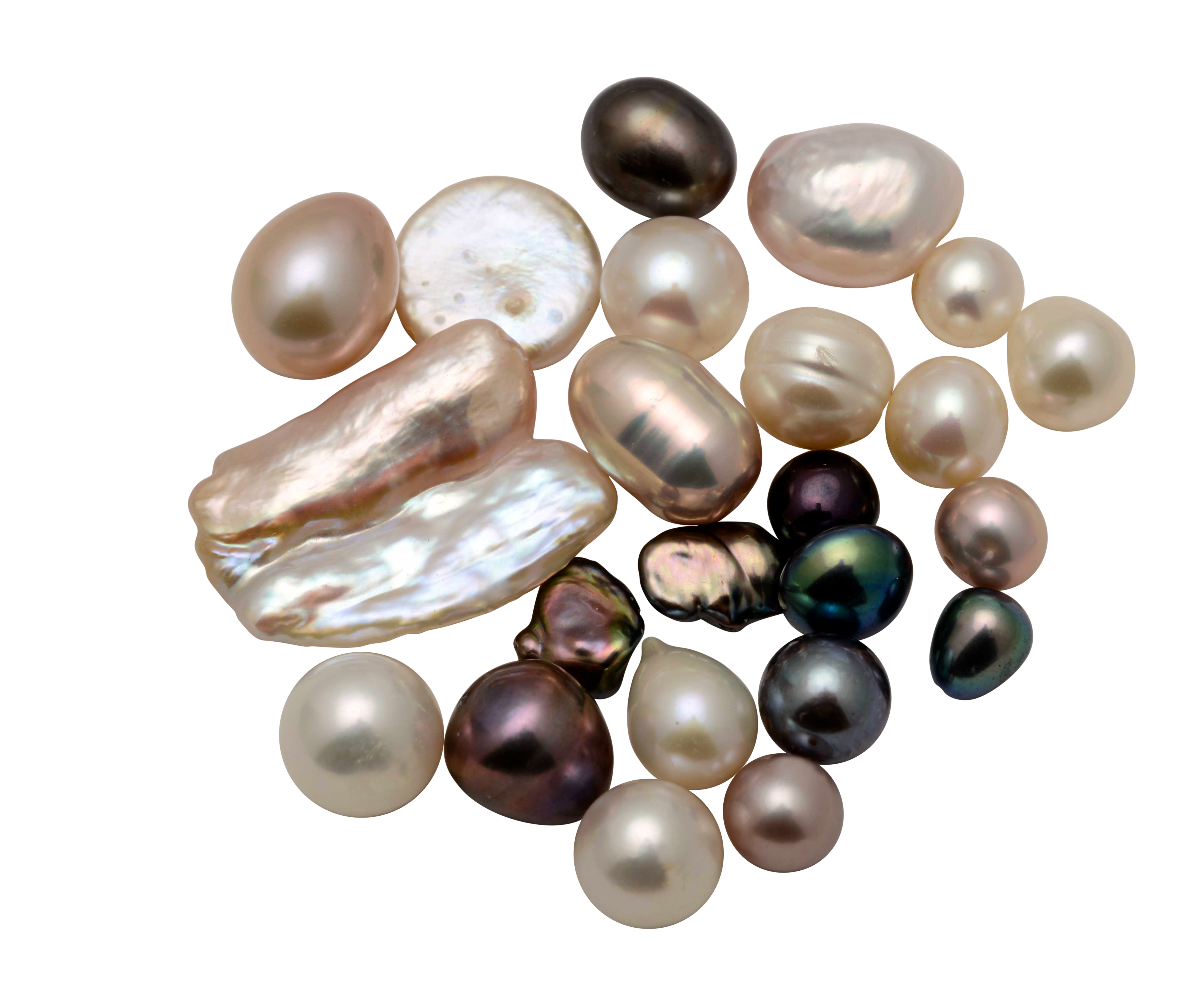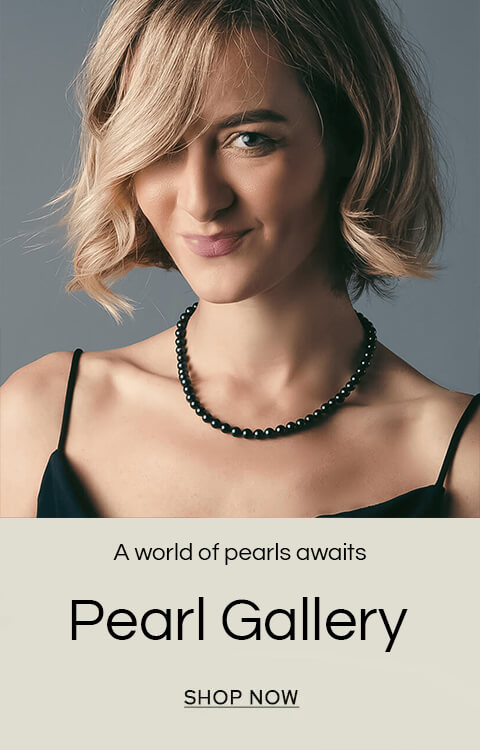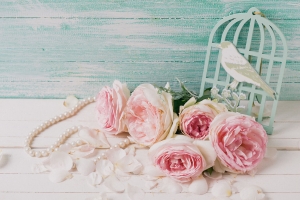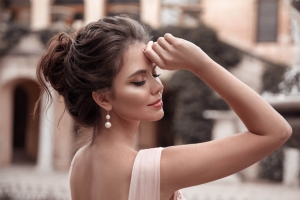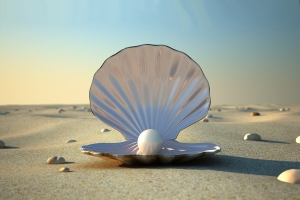Just like the individual that chooses a piece of pearl jewellery, every pearl, whether natural or cultured is unique. Available in different colours and sizes, every fascinating pearl also has a different shape. At Pearl Gallery, selecting a pearl based on its shape is just one of the many factors involved in this important process. An array of wonderfully bespoke pearl shapes can be explored here amongst our online collections of beautiful pearl jewellery designs, but to help you decide which one is best for you, we’ve created this simple guide to different pearl shapes.
What factors can affect the shape of a pearl?
To start with, it’s important to understand that the shape of a pearl can depend on many factors. These include a change in water temperature or saline levels or an organic substance that may attach itself to the pearl whilst it grows. In the same way, a pearl can change its shape if it slides whilst inside the mollusc or if it attaches itself to another pearl or rotates differently than expected when growing. Aquaculturists also believe that the presence of bubbles inside the shell can also influence the eventual form of the pearl.
How does each pearl form its own unique shape?
This is one of the most interesting parts to learn about a pearl’s development. It all centres around the irritant that causes the pearl to grow in the first place. All pearls form when a foreign substance enters a mollusc and triggers the growth of a pearl. Layers and layers of nacre-the substance the mollusc uses to build its shell, coat the intruder, forming a protective structure around it. Therefore, it now becomes easier to understand how the shape of a pearl is hugely determined by the irritant that it was formed around. To create sea water cultured pearls, a spherical-shaped bead, with the addition of mantle tissue, is generally used to achieve a perfectly round shape, although other factors affect how the pearl will form. Water molecules will bounce off the layers of nacre

